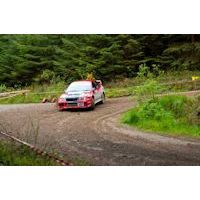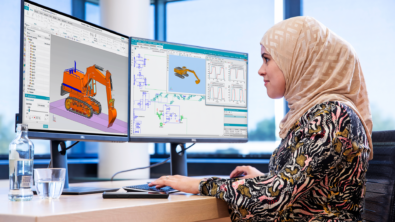What to do with that new graphics card in FEMAP?

Last month I talked about how to pick out a graphics card for a CAD/CAE program like FEMAP or NX Advanced Simulation. This month, I want to give a few hints on how to make it work better with FEMAP. I often get asked how to improve the graphics performance of FEMAP. It seems as though as computers and graphics get faster, engineers just like to build bigger and more detailed models. I’ve been using CAE tools for almost 30 years now, and I’ve watched the average model size grow dramatically as the computers got faster. CAE users seem to always want to push the envelope on the available computer resources. It’s like driving a race car around Daytona Motor Speedway. We have got to see what the car can do around the track, so we need to push the car hard. And when we don’t think it’s fast enough, we go back to the engine builder to ask for more power.
The first thing to do is always make sure your graphics driver is up to date, especially on the newer graphics cards. Usually you want to go to the website of the computer manufacturer to download the latest certified drivers. In some cases, you will need to go to the graphic card vendors website (AMD or NVidia), but it’s best to start with the computer manufacturers website. If you don’t have the latest, follow the instructions to download and install the latest drivers. This can help performance as well as stability. Graphics vendors spend time optimizing the drivers for best performance, so we want the latest. It’s like getting a fresh engine rebuild before the next race, but it’s a lot cheaper than a new NASCAR engine from Hendrick Motorsports.
If you are using FEMAP 11, there is a new option in Preferences, Graphics called Virtual Buffer Objects (VBO). This can load the model into the graphics card memory for dynamic rotation, so you can get a 5 to 8 times performance increase for rotating large models. If you haven’t already, try turning that on for increased graphics performance. You should set the Max VBO MB to about 75% of you video card memory so some is left for other video operations. This should give you a good boost in graphics performance.
I’m always happy to answer questions on optimizing performance of CAE tools, so let me know if you have any questions.


